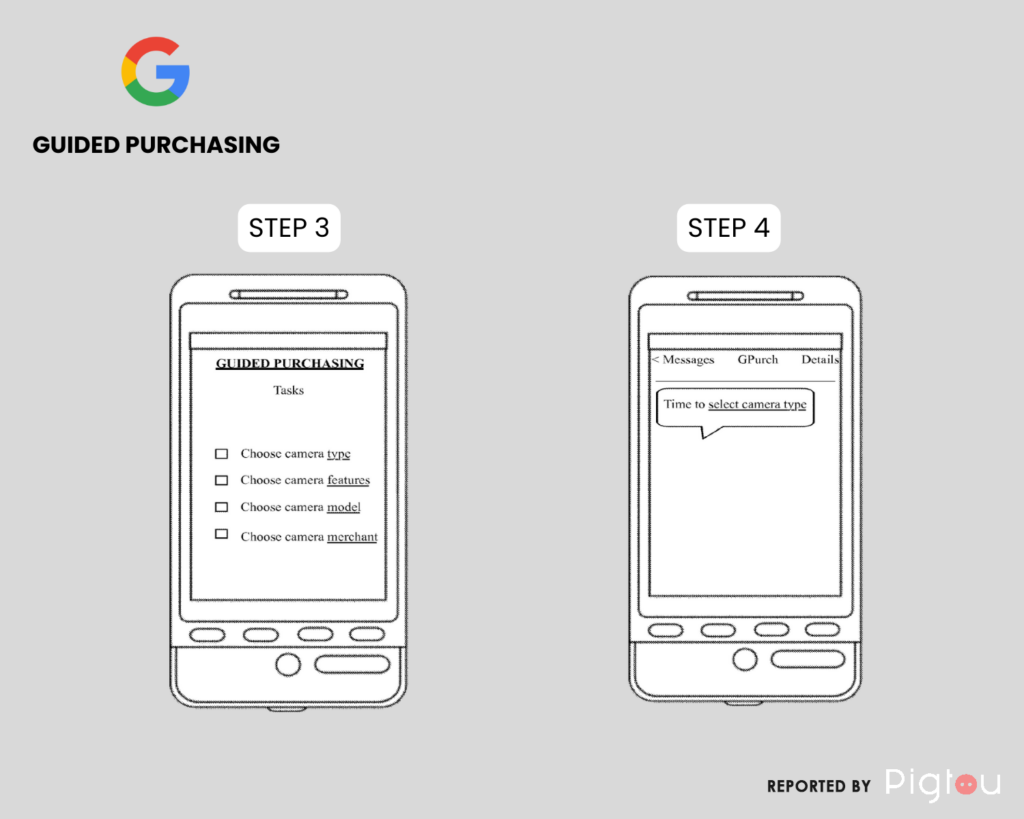In the ever-evolving landscape of e-commerce, the challenges posed by limited smartphone screens and fragmented user interactions have prompted innovative solutions.
A recently patented technology by Google aims to revolutionize the smartphone shopping experience, providing a streamlined process for consumers and unlocking new opportunities for advertisers.
This groundbreaking patent addresses the hurdles faced by users and advertisers alike in the realm of mobile commerce.
Thanks to our collaboration with David from @xleaks7, we got information on Google’s plans and strategies to revolutionize mobile shopping.
The Problem at Hand:
The advent of online shopping brought convenience to consumers worldwide, but the transition to smartphone-based transactions has not been without its challenges.
Limited screen real estate and the fragmented nature of user interactions have made it cumbersome for consumers to conduct comprehensive research and navigate intricate purchasing processes.
This not only affects the user experience but also poses challenges for advertisers in identifying and targeting their relevant audience in a space where broad queries may not yield effective results.


Patent’s Core Objective:
At its core, the recently patented Google’s technology aims to enhance the smartphone shopping experience by guiding users through a sequence of tasks tailored to the limitations of the device’s user interface.
This includes expressing purchase intent, determining a sequence of tasks for the purchase process, and providing users with focused information.
Simultaneously, advertisers can leverage user interactions to bid on advertising opportunities, creating a symbiotic relationship between users and advertisers.
In simple words, want to build a system that precisely determines buyer’s intent and guides users throughout the shopping process.
The technology will be offering products that match buyer’s criteria, providing relevant information, sending notification to complete unfinished steps.
At the same time benefiting from ads monetization.
For now, it’s unclear whether the technology will be a part of Google Shopping or whole Android ecosystem.
The patent says this: “A user associated with a device must install an application and/or make a feature selection to obtain the benefits of the technology described herein.”

Key Features of the Guided Purchasing
- Intent Determination: The system determines a user’s intent to purchase a specific product through input on their smartphone.
- Task Sequencing: It identifies and sequences a set of tasks required to purchase various products.
- Association: The determined intent to purchase is associated with the sequence of tasks for the selected product.
- User State Tracking: The system tracks the user’s current state within the associated sequence of tasks.
- Notification System: Users are notified via their smartphones about the next uncompleted task in the associated sequence, based on their current state.
- Task Completion Update: The system allows users to indicate when a task in the sequence is complete, updating their current state accordingly.
- Advertising Integration: The patent incorporates advertising bids, each linked to a product and a specific task sequence. The system selects relevant ads based on user intent, task sequence, and user’s task state, transmitting the chosen ad to the user’s smartphone.
- Bid Selection Criteria: Advertising bids are selected based on the user’s intent, the task sequence for the advertised product, and the user’s current task state.
- User Interface: The entire process is designed to function within the constraints of a typical smartphone user interface.
- Contextual Adaptation: The technology adapts to the fragmented nature of smartphone use, addressing “micro moments” when users express a desire to make a purchase.
NOTE TO EDITORS: The text and visuals of this article are the intellectual property of Pigtou.com. If you want to share the content, please give a proper clickable credit. Thanks for understanding.

